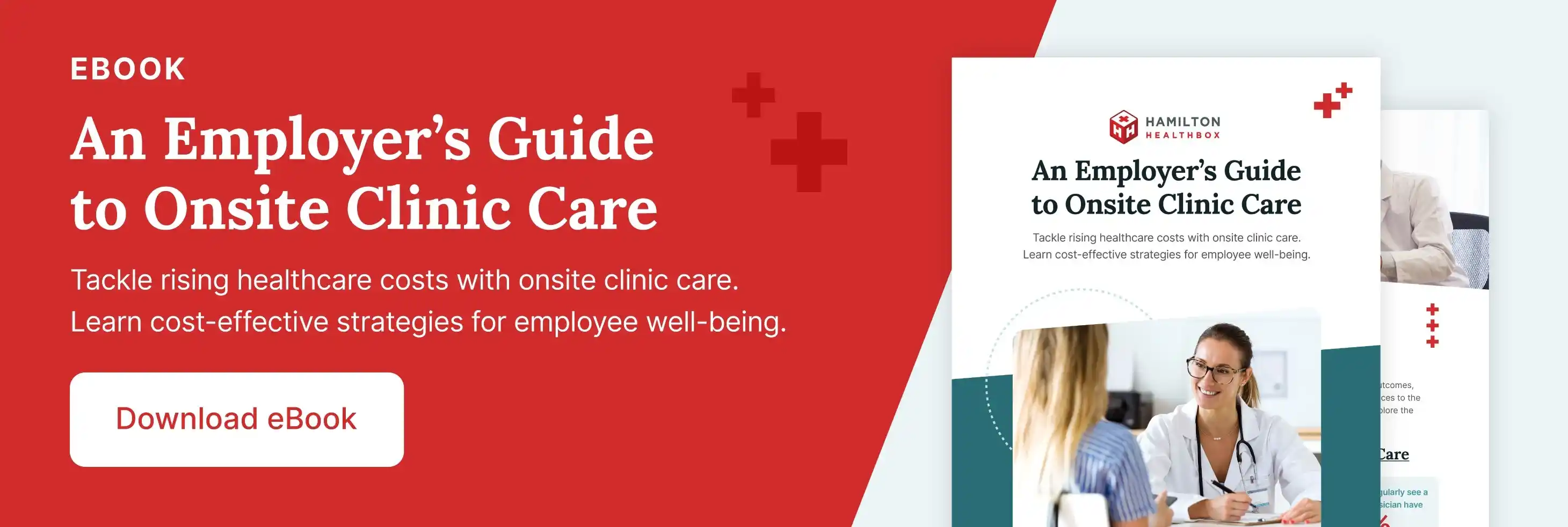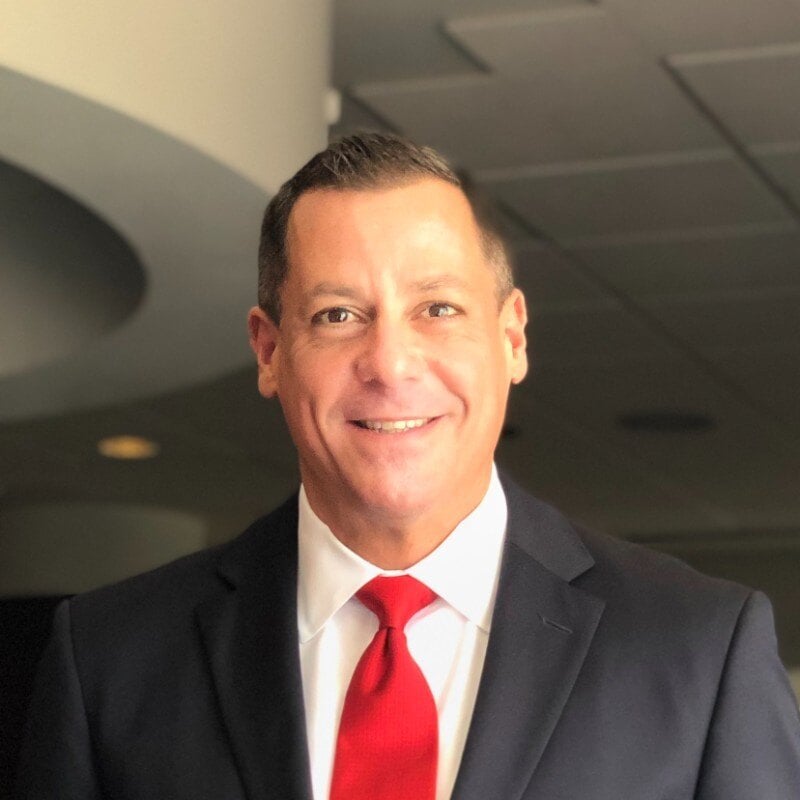
In rural communities across the U.S., healthcare resources are stretched thin, and the threat of widespread hospital closures has gotten so dire that the Biden-Harris Administration and the Health Resources and Services Administration (HRSA) recently pledged $75 million to support healthcare services in these areas. While that investment should go a long way to improve access to quality care for underserved populations, two other provider models have been, and will remain, essential to closing gaps for healthcare in rural areas.
Over 60% of rural Americans are served by rural health clinics (RHCs) and over 31 million people across the U.S. have used the services of federally qualified health centers (FQHCs) — facilities designed for populations left behind when socioeconomic challenges, an inadequate health system, and subpar hospital funding leave few options for affordable care nearby.
What These Clinics Do and the Difference Between FQHC and RHC Models
Both RHCs and FQHCs are certified by the Centers for Medicare & Medicaid Services (CMS), act as havens for people in desperate need of healthcare services in medically underserved areas and share challenges from care coordination to technological limitations. They're distinguished by several key differences including ownership, location, and provided services:
- RHCs can be public, nonprofit, or for-profit, and operate as either standalone entities or as part of a larger healthcare facility. They’re located in rural communities defined as underserved by a health professional/services shortage or other obstacles to primary care provider access. Such locations may have a large elderly population and high poverty and infant mortality rates. RHCs provide primary care and lab work covering both physicians’ and nonphysicians’ services including medication management, diabetes training services, and medical nutrition therapy.
- FQHCs are usually public or nonprofit. They offer healthcare in rural areas and urban communities designated as shortage areas. Multiple health centers may be managed under the same umbrella — which can include community health centers, migrant health centers, health care for the homeless (HCH) programs, and public housing primary care (PHPC) programs. FQHCs provide more comprehensive services than RHCs, including preventive care, dental work, mental health and substance abuse treatment, and specialty care.
One other difference between FQHC and RHC models is staffing.
Federal staffing requirements for rural health clinics call for at least one nurse practitioner, one physician assistant, and one certified nurse midwife. A minimum of half of the services offered must be outpatient services, while the staff must be onsite to provide care during at least 50% of the clinic’s operating hours.
FQHC requirements don’t outline a specific staffing mix, but health centers must employ clinicians and/or have contracts or referral arrangements with other providers to carry out all services in a timely manner. They’re also required to provide after-hours telephone access to a healthcare professional for patients who may need emergency care.
Why Are These Facilities Necessary for Healthcare in Rural Areas?
The state of insurance coverage for healthcare in rural areas plays a leading role in the need for these clinics. Rural communities often have sizeable elderly populations and scores of uninsured people like migrant farm workers. Commercial insurance is also in short supply due to a dearth of large employers, meaning many individuals are on Medicare or Medicaid or must pay for care with cash. Without large insurance companies, doctors can’t get credentialed — a necessary step to get reimbursed for their services.
Without funding from big payers, it becomes harder to maintain healthcare operations. Hospitals and other facilities must secure a high volume of patients to support a healthy bottom line, but surveys have found that over a third of rural Americans have avoided seeking care due to cost and a quarter either can’t pay their medical bills or have serious trouble doing so.
Even private doctors aren’t an option for many impoverished rural residents because those providers aren’t required to take Medicaid and avoid accepting it. Futhermore, no physician can survive on Medicare alone.
So, what do sick people in rural areas do? They either turn to emergency rooms that can’t refuse care, or they do nothing. Both options put a strain on hospitals, either in the short term as patients overwhelm their EDs and can’t pay or in the long term as the people who put off care develop chronic conditions that require even more expensive treatment. It’s a lose-lose situation that demands another solution.
How RHCs and FQHCs Fit Into the Rural Landscape
RHCs and FQHCs are a safety net — they must accept all individuals regardless of their ability to pay.
And because enhanced Medicare and Medicaid reimbursement offsets the detrimental impact of seeing uninsured and poor individuals on their finances, these clinics want to take patients. RHCs receive an all-inclusive rate (AIR) per visit for medically necessary medical and qualified preventive services, and Medicare pays an impressive 80% of the AIR for most of those services. There’s also a reimbursement “floor” for Medicaid services, which are reimbursed through a prospective payment system (PPS) or alternative payment model, and the result is a higher payment than clinics would receive from an employer-sponsored insurance plan.
FQHCs receive similarly enhanced Medicaid reimbursement, and under a PPS, Medicare pays them 80% of the lesser of the FQHC’s charges or the national encounter-based PPS rate. Patients can also pay on a sliding fee scale.
This means that both provider models are better alternatives to emergency rooms and urgent care clinics, providing high-quality healthcare in rural areas that can help prevent chronic conditions and improve outcomes without crippling patients and facilities financially. Often, FQHCs and RHCs also act as gateways or facilitators of care where people can access initial medical assessment and support to manage symptoms. The clinics also provide information on specialists and help individuals set up an appointment. In emergencies, these providers can triage injuries and call 911 to get an ambulance for transport to the closest ED.
The Personal Touch and Community Service
Unfortunately, these clinics aren’t always well-known by those who need their services, and the challenges of establishing a strong presence in local communities and explaining the function of these providers often require extensive trust-building. Tribalism is common in rural populations and digital communication is limited, so clinics often engage their patient populations by partnering with local schools and businesses, making appearances at meetings of service organizations like the Lions Club, participating in seasonal events, and holding educational campaigns and workshops that provide resources about common health conditions.
This deep investment that FQHCs and RHCs make in connecting with the people they serve is further reflected in the personalized care they offer, giving them an edge over larger hospitals and health systems that don’t have as much time to get to know patients and follow up personally.
Like many other facilities, FQHCs and RHCs also screen for social determinants of health (SDOH) and health-related social needs (HRSNs). But they are unique in how they directly address them — identifying food banks for patients in need as well as state-level resources that could support underserved communities. In addition, these facilities tackle distance from care—another key barrier to accessing healthcare in rural areas — by coordinating free transportation to appointments.
In short, FQHCs and RHCs are lifelines for people without the means to afford costly healthcare services. They help underserved populations navigate available resources and connect individuals to community support networks proactively. And they’re indispensable for moving the needle on universal access to high-quality care—regardless of location. To learn more about RHC and FQHC requirements and services and how to set up an onsite clinic program with the help of Hamilton Health Box, book a meeting today.



